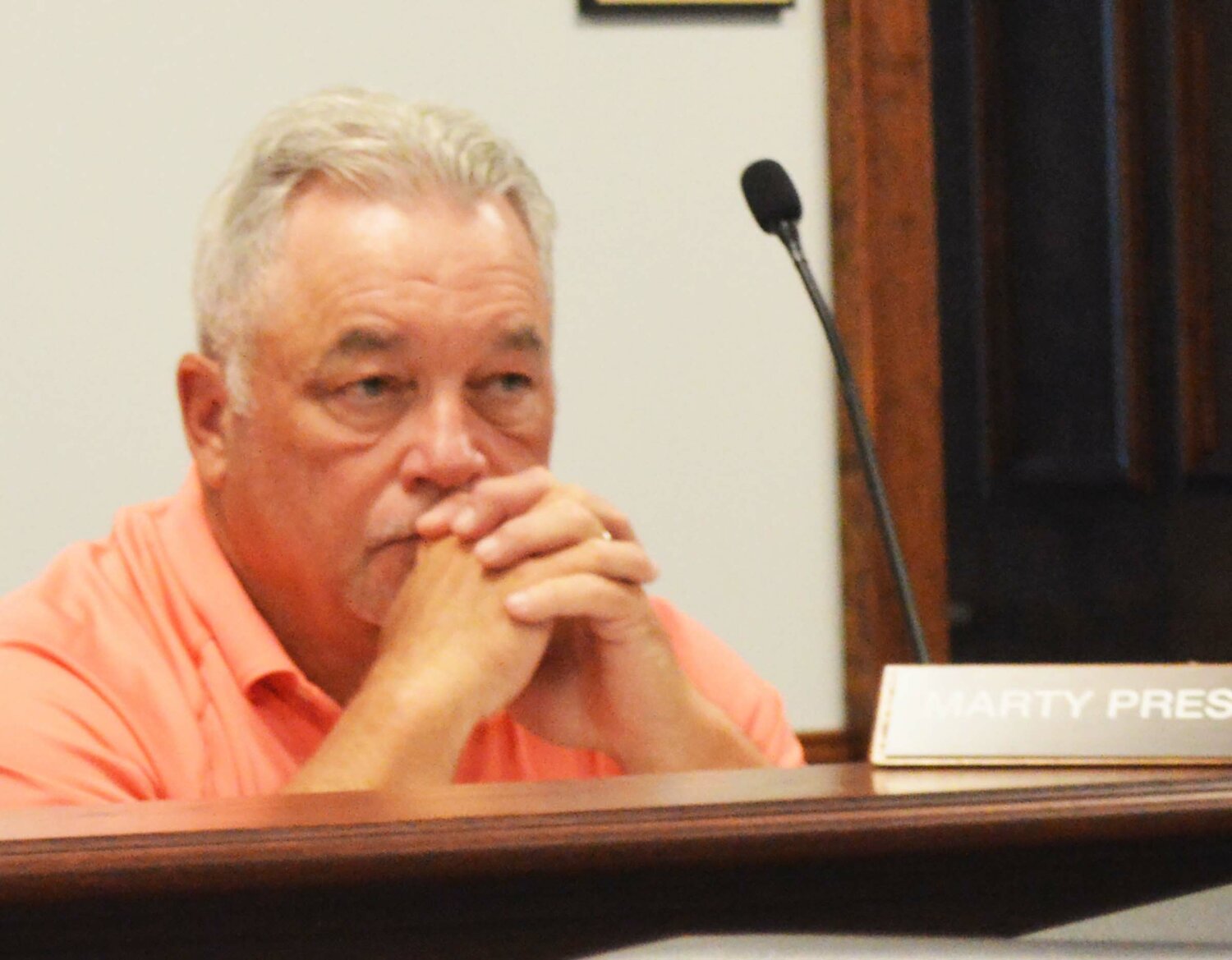Redistricting a solution to Millsboro’s population imbalances
First step may be a locally organized census
A housing boom precipitated by the large-scale development of Plantation Lakes has created a population imbalance in the three Millsboro Town Council districts.

You must be a member to read this story.
Join our family of readers for as little as $5 per month and support local, unbiased journalism.
Already a member? Log in to continue. Otherwise, follow the link below to join.
Please log in to continue |
Redistricting a solution to Millsboro’s population imbalances
First step may be a locally organized census
MILLSBORO — A housing boom precipitated by the large-scale development of Plantation Lakes has created a population imbalance in the three Town Council districts.
At-large Councilman Marty Presley, who resides in the neighborhood, says 2020 federal census data is obsolete and that a map crafted by the University of Delaware’s Center for Applied Demography & Survey Research is basically worthless.
“What we paid UD for is obsolete. These districts don’t work. They are already out of balance,” he said during a council meeting July 1.
Over the last decade, growth in Plantation Lakes has skyrocketed, resulting in a population rise in District 3. That, Councilman Presley noted, has created an unfair balance of representation on the town’s governing body.
He says something needs to be done about it, as soon as possible.
To that end, Millsboro officials are considering a charter change to conduct its own population count, but it needs approval from the Delaware General Assembly.
“Obviously, we can’t continue what we’ve got right now. We’ve got one district that has got 5,000 residents, and the other two districts have 2,000 residents,” Councilman Presley continued. “If we wait for the next census to be done in 2030, and then, we get the numbers in 2031, and then, we get our districts into the Delaware (General Assembly in) 2032, you’re looking at almost 10 years of having imbalanced districts.
“It’s a shame because I think we have a pretty good system right now, with the in-district representation and in-district voting. At the same time, we’ve got a real problem that has existed for 10-15 years, where one district has consistently had double the population but still only has two representatives.”
Millsboro’s Charter and Code Review Committee will address options. In addition to Councilman Presley, the group is composed of council members Mary D’Silva and Ron O’Neal, who is the chair.
“What we’d have to give some thought to is how that municipal local census would work and how it would be structured and what would have to go into it ... in order to pass muster. What the cost would be,” said town solicitor Mary Schrider-Fox. “There is a possible way to not have to rely on the federal census, (with) actual real numbers. Human beings and not just rooftops.”
She added, “I think there is a possibility beyond the 10-year census, but from a legal perspective, the 10-year has been accepted. ... Even though, yes, from one day to the next, you’re going to have an imbalance created almost immediately because people move, they pass away, new communities get built.”
Councilman Presley said he believes the town needs to confer with Sen. Gerald Hocker, R-Ocean View, and Rep. Rich Collins, R-Millsboro, and possibly the attorney general’s office.
The councilman’s hope is to have this ironed out by December and submitted for a charter change consideration in 2025.
However, Ms. Schrider-Fox said, “I think December might be an ambitious goal.”
She added that the town of Selbyville’s proposed charter change regarding in-district voting has encountered hurdles.
“Selbyville has had to retool some of their plans a little bit,” she noted. “I think what you need to add to the timeline is probably any idea that the charter and code committee come up with. I think it would be a very wise idea to, early on, have some meetings with Sen. Hocker and Rep. Collins and staff.”


 By
By 



